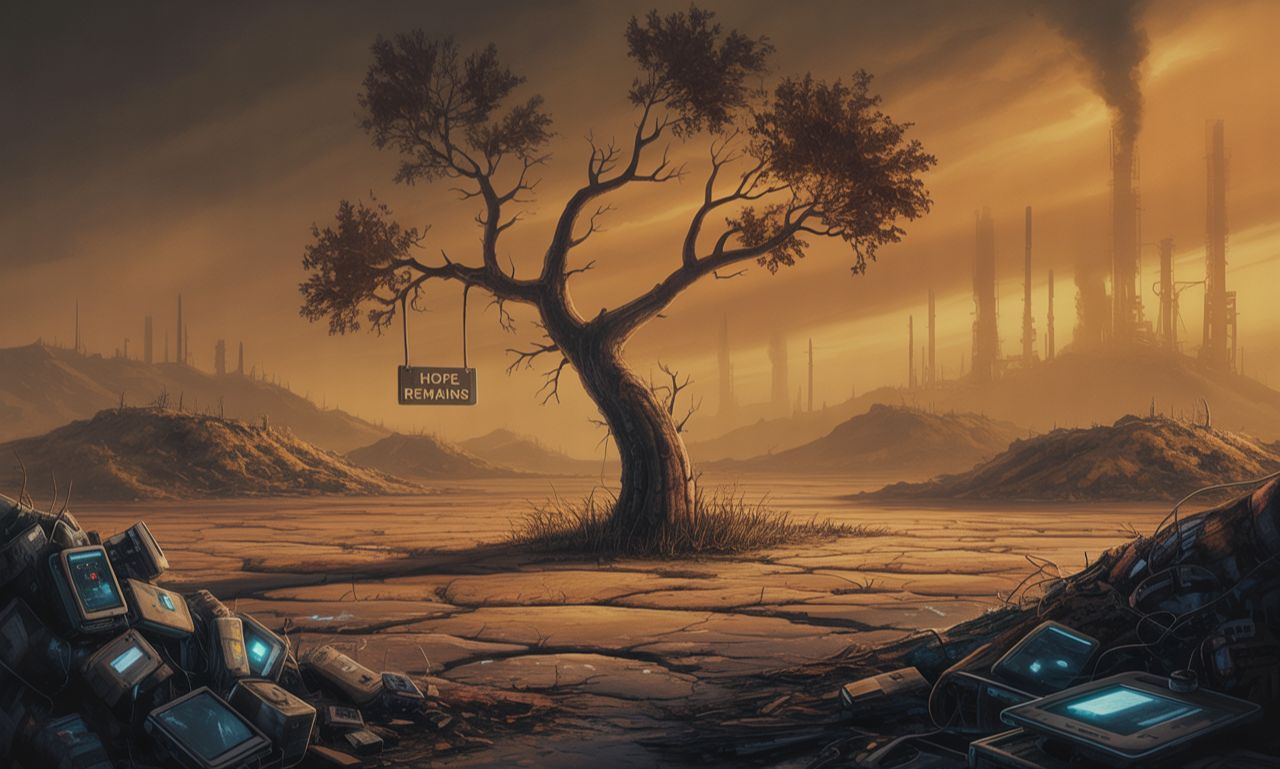Population growth has direct impact on the environment. An increase in population means an increase in consuming more resources and producing vast quantity of waste materials. Presently seven billion and six million people live in this world. It is estimated that world’s population will reach 9.2 billion by 2050.
The impact of so many people on our environment will be consumption of resources like land, food, water, fossils fuel and production of waste materials like garbage, greenhouse gases and water and air pollutants. Experts in the field population and environment, worry that this unchecked population growth may result in environmental catastrophe.
Environmental Impact of Overpopulation
A quick look at the realities on ground show that the health of our environment has deteriorated because of overpopulation. Increase in population has resulted in heightened demand for fuel, timber, food clothes and shelter.
Consequently more forest have been cleared for ranches, farms and urban use. More factories have been built to fulfill the growing demands of population. More people have moved to cities adding pressure on urban environment of cities. Unwanted materials are thrown away every day, adding to the crust of garbage-mound.
The picture of growing population and environmental limitations will become more vivid if we dwell on this problem in some detail.
Rapid Deforestation and Its Causes
The conversion of forested areas to non-forest land for uses such as arable land, pasture and urban use i called deforestation. Deforestation can leads to several imbalances in environment and results in decrease in habitat and biodiversity. Urbanization, mining, fires, logging and agricultural activities are few of the causes of deforestation. Forests cover 30% of the earth’s land.
According to the United Nations Food and Agriculture Organization (FAO), an estimated 18 million acres (7.3 million hectares) of forest are lost each year. Agriculture, urbanization, poverty, over-p0pulation and unequal land access are the main causes of man made deforestation. If the current rate of deforestation continues, it will take less than a 100 years to destroy all forests on the earth.
Urbanization and Environmental Strain
Urbanization is a process whereby populations move from rural to urban ares, enabling cities and town to grow. It can also be termed as the progressive increase of the number of people living in towns and cities. Experts think that future world population growth will be in towns and cities. Much of urban migration is driven by rural populations desire for the advantages that urban areas offer.
Urban advantages include greater opportunities to receive education, health care. and services such as entertainment. Urban people change their environment through their consumption of food, energy, water, and land. And in turn, the polluted urban environment affects the health and quality of life of the urban population.
Industrialization and Pollution Surge
Urbanization began during the industrial revolution in the 18th century, when agricultural societies became more industrialized and urban. As a result, workers moved towards manufacturing hubs in cities to obtain jobs In factories as agricultural jobs become less common. Industrialization has had most severe impact on environment.
Huge quantities of pollutant are being let out in the air, water, land by various industries. Industrialization produces a greater amount of waste, both directly as a result of production of goods and indirectly through disposal of those goods once their purpose has been served.
Rising Waste from Urban Growth
Industrialization and Urbanization is the major cause of waste production. As the world’s population has grown and become more urban and affluent, waste production has risen many fold. Every year we dump a massive 2.12 billion tons of waste.
By 2025 it will become double of its present production. Rubbish is being generated faster than other environment pollutants, including greenhouse gases. Plastic clogs the world’s oceans and rivers, causing flooding in developing world cities.
The Anthropocene and Earth’s Limits
The impact of these factors is so enormous on the environment that scientists use the term “Anthropocene epoch” for our time, which means the dominant influence of humans and their activities on the environment.
As the world population continues to grow, more people will use more resources and create more waste. But how many people can earth support? In the view of scientists, the figure rangers from 500 million to more than one trillion. This range is called the carrying capacity of earth. Weather we have 500 million or one trillion, we still have one planet which has limited resources.
Sustainable Solutions for the Future
To maintain the delicate balance between population growth and environmental limitations, there is no single easy solution. All option must be part of the solution. First of all we should educate people about their actions and their effects on the environment. More over we need to reassess our consumption patterns.
We need to reduce the amount of resources we consume: take shorter showers in bathing; say no the use of plastics; buy less and recycle our waste. If millions around the world adopt this behaviour and manage the growth of population, we will have the opportunity to lead an enjoyable and full fill life and our future generations will find earth a place, worth living.
Final Thoughts
The connection between population growth and environmental degradation is undeniable. As more people inhabit the Earth, the pressure on our planet’s finite resources intensifies, resulting in deforestation, pollution, waste accumulation, and the decline of biodiversity. The consequences are not distant possibilities; they are real, visible, and growing more urgent every day.
However, this challenge also presents an opportunity. Through collective awareness, responsible consumption, and sustainable development practices, humanity can reshape its future. It begins with education, mindful living, and policy change. If we act now, rethinking how we live, what we consume, and how we grow, we can create a healthier, more balanced world. A future where both people and the planet can thrive is still within reach, but only if we choose to make it so.
